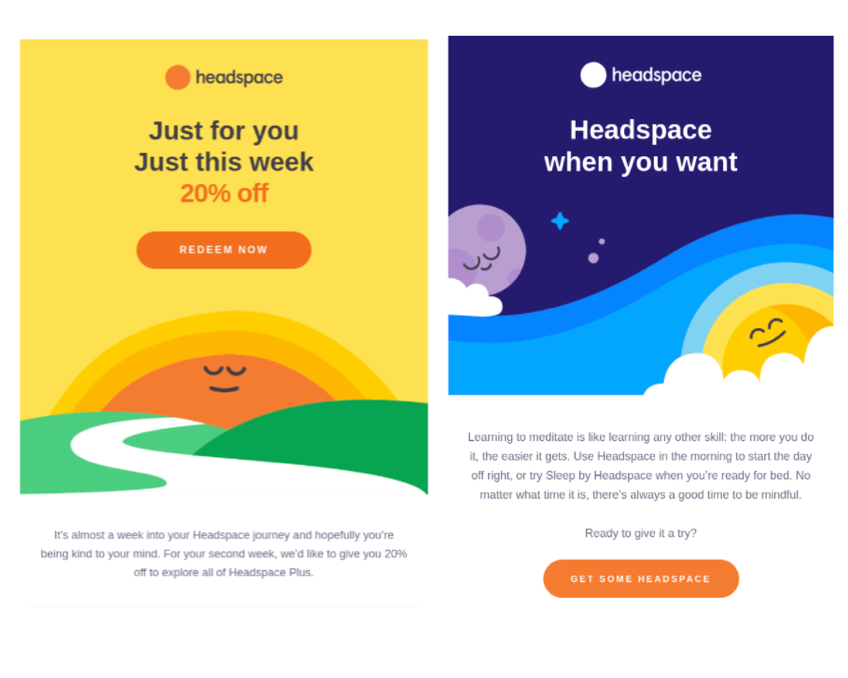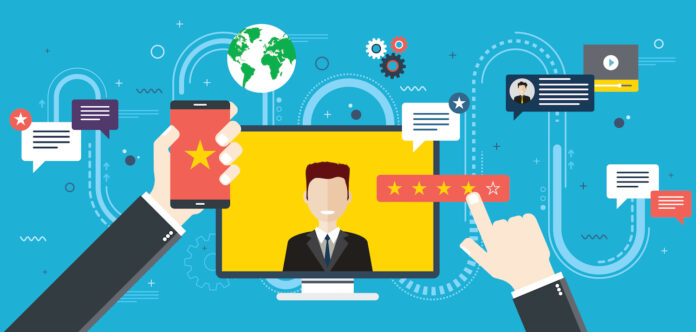Someone clicks your ad on Facebook and chooses to purchase the item. We would be in utopia if this was how 100% of user interactions work. That immediate success is far from what happens in real life.
Many startups are very focused from the start on the click-through rate (CTR) and conversion rate (CVR) of their purchase ads. This approach leaves a lot more to be desired.
A Little History
A lot has changed since Google Ads (formerly AdWords) launched in 2000 with just 350 advertisers. By 2015, the number of advertisers, and thus the competition, had skyrocketed to 4 million, according to Macquarie Research.
Paid social channels like Facebook launched with a single main ad format. Today we have dozens of formats. What does this? Emphasize the importance of being more creative in getting consumers to click on these ads.
This increased competition means that startups have been precisely focused on beating the opposition in initial clicks. I'm a firm believer that amazing copy and creativity can make or break paid acquisition. However, it is also very easy to get lost while focusing solely on the first point of contact. I have seen this happen frequently in the early stages of startups.
The common path of the user
For a user to make a transaction, this is how the purchase process is usually:

The second, third, fourth, etc. contact points are often ignored in the analysis. It is advisable to have a full life cycle than a CTR of more than 50%. For example in the following example:
| Spending | Impressions | Clicks | CTR | VAT no. | CAC | |
|---|---|---|---|---|---|---|
| A | 100.000 EUR | 10.000 | 100.000 | 1.00% | 1% | 100 EUR |
| B | 100.000 EUR | 10.000 | 50.000 | 0.50% | 3% | 67 EUR |
In the table shown, Start A focuses only on the first touchpoint and Start B focuses on all touchpoints. While Startup B had half the total number of clicks, it saw a higher CVR due to personalization in subsequent ads and emails in the lifecycle, ultimately leading to a lower CAC.
Even in one or both of these scenarios, cost of ownership will not be maximized without personalization and tracking, email marketing, and tailored messaging for each touchpoint.
How to address all touchpoints
How to combat the misconception of first point of contact? We'll cover this topic through the lenses of personalization and tracking, email marketing, and tailored and diversified messaging.
Personalization and tracking
Every startup should have an “always on” retargeting campaign. In 99% of cases, it will be more profitable to acquire a redirected user than a new user on the network. This can be as simple as applying 5% of the total paid acquisition for a Personalization and Tracking campaign. If successful, it can also be a powerful tool to reach different user segments. A simple user-segmented structure for an eCommerce store can be based on groups like:
- Visitors from the last 30 days
- Last 30 days of products added to cart
- Visitors from the last 90 days
- Last 90 days of products added to cart
With this structure, you'll want to exclude the audiences in each of the campaigns so there's no overlap.
The beauty of this structure is that it allows you to funnel more spend into higher propensity custom pools that are performing better. Without segmentation, it will be difficult to gauge which audience group is performing the best.
Email (and push) marketing
Many will argue that email marketing should not be activated until after a predetermined number of customers have been acquired. I believe that email marketing should be activated instantly. Why wait for the right product for the market without exposing the values of the company?
This is not to say that you should have nine sets of drip campaigns fully developed and set up on day one. When a new lead arrives from a web or app campaign, take advantage of the emails that have been Users have shown some interest.
A simple drip campaign setup in 7 days could be:

If a user signs up but doesn't complete their conversion, it doesn't hurt to send an email on day one (D+1), D+3 and D+7. Each email can have different themes, such as including additional value attachments, social proof, or discounts. It also does not hurt to ask for comments on the last message about the reason why they have not finished the process.
Diversified messaging
A surefire way to increase conversion rates across all touchpoints is to diversify and tailor messaging. The first message must be different from the second, and so on.
You have to pay attention to how companies communicate when you interact with them. Very educational sales messages are seen early on, with more social proof at later touchpoints.
Below are some of the announcements of Headspace which are largely based on the promotion of meditation: let go of stress and be happy. Their ads on Facebook are in the following style:
In email communications HeadspaceThey insist more on discounts and how easy it is to start (for example, that meditation can be done at any time of the day).
It's not that you can't have a discount code at your first and last point of contact. But you also have to think about diversified messages and experiment with which styles work best at different stages.
Between the initial ad view, email/push sends, and personalization/targeting, it's recommended that all touchpoints have slightly different characteristics.
Leveraging all resources
You're not alone in thinking about the various touchpoints. There are countless online resources that help extract valuable information and knowledge. One of the most used favorites is the Facebook Ad Library, which is a repository of all the platform announcements that are currently live. This library not only provides competitor information, but also has valuable information on others in the same verticals or brands that are working and getting great responsive marketing. Another important source is an email repository called reallygoodemails.
There are hundreds of other resources available, and new ones appear all the time, so it's not possible to list them all. Faced with this, it is advisable to ask the following question from customers: How often do I buy something at my first point of contact?





